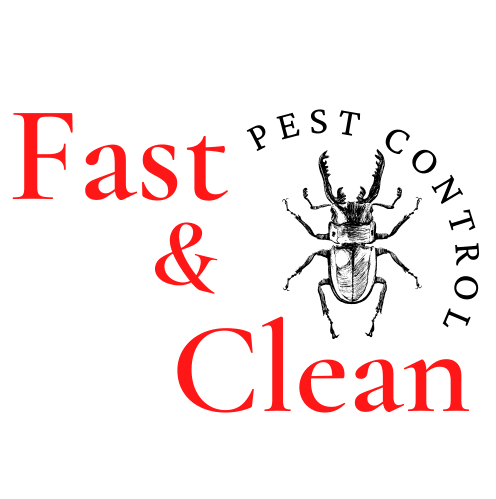Rodents
Rodents are mammals that belong to the order Rodentia. They are characterized by their continuously growing incisors, which they need to gnaw on to keep them trimmed. Rodents make up the largest order of mammals, with over 2,000 species, including mice, rats, squirrels, beavers, and porcupines.
Rats
Rats, belonging to the Rattus genus, are medium-sized rodents distinguished by their blunt snouts, small ears, and long tails. Highly adaptable and intelligent, they thrive in diverse environments, often coexisting with humans.
While they can be pests due to their potential to damage property, contaminate food, and spread diseases, they also possess complex social structures and demonstrate surprising abilities, such as problem-solving and empathy.
Two common species, the Norway rat and the roof rat, differ in their physical characteristics and preferred habitats, but both pose similar challenges when they infest human dwellings.
Mice
Mice, belonging to the Mus genus, are small rodents characterized by their pointed snouts, large ears, and long, thin tails.
These adaptable creatures are often found in close proximity to humans, readily exploiting food sources and shelter provided by homes and buildings. While their small size allows them to squeeze through tiny openings, it also makes them vulnerable to predators.
Mice are known for their rapid reproduction rates, which can quickly lead to significant infestations. Though often considered pests due to their potential to contaminate food, spread disease, and cause damage by gnawing, they also serve as important prey animals in various ecosystems.
Signs of a Rodent Infestation:
Droppings:
Small, dark, pellet-shaped feces (pointed ends for mice, rounded for rats). Found near food sources, under sinks, inside drawers, or along walls. Fresh droppings are moist and shiny, while old ones are dry and crumbly.
Gnaw Marks & Damage:
Chewed wires, furniture, plastic, and food packaging. Rats have stronger jaws and can chew through wood, plastic, even soft metals. Mice leave small, fine gnaw marks, while rats leave larger, rougher marks.
Nesting materials:
Shredded paper, fabric, insulation, cardboard, or dried plant matter. Nests are usually found in hidden areas like behind appliances, in attics, basements, or storage rooms.
Grease Marks & Smudges:
Rodents leave dark, greasy trails along walls and baseboards from their fur rubbing against surfaces. Common in tight spaces or frequently used paths.
Strong, Musty Odor:
Rodents have a distinct musky urine smell, especially in enclosed areas. A strong ammonia-like odor could indicate an active infestation.
Footprints & Tail Marks:
In dusty areas (attics, basements), you may see small footprints and tail marks. Sprinkle flour or talcum powder near suspected areas to check for new tracks.
Live or Dead Rodents:
Seeing one rodent often means more are hiding. Dead rodents may indicate poison use, but if the source isn’t addressed, others will move in.
Urine Stains & Pillars (For Heavy Infestations):
Rodent urine glows under UV light (blacklight). Urine pillars (greasy, dirt-covered urine trails) can appear in serious infestations.
Scratching or Scurrying Noises:
Sounds coming from walls, ceilings, attics, or under floors, especially at night. Scratching, scurrying, or gnawing noises are common as they move around.
Preventing Rodents Infestation
Eliminate Food & Water Sources:
Rodents invade homes in search of food and water. Cut off their supply by: Storing food in airtight containers (especially grains, pet food, and snacks).Cleaning up crumbs and spills immediately.Fixing leaks and drying up water sources (under sinks, pet bowls, condensation).Taking out the trash regularly and using bins with tight lids.
Seal Entry Points:
Rats can squeeze through holes as small as a quarter, and mice can fit through a dime-sized gap. Inspect and seal: cracks and gaps in walls, floors, and foundations. Openings around pipes, vents, and utility lines (use steel wool and caulk). Gaps under doors (install door sweeps). Broken window screens or vents (replace with fine mesh).
Set Traps to Catch Rodents Early:
If you see signs of rodents, act fast before they multiply. Snap traps, classic and effective (bait with peanut butter). Live traps, humane option but must release rodents far from your home. Bait stations with rodenticides, effective but dangerous for pets and children (use with caution).
Use Natural & Chemical Deterrents:
Peppermint oil, soak cotton balls and place in entry points. Ammonia or vinegar, mimics predator urine; use near rodent-prone areas. Diatomaceous earth, anatural powder that dehydrates and kills rodents when ingested. Ultrasonic repellents, devices that emit high-frequency sounds to deter rodents.
Stay Connected
Stay updated with the latest pest control tips and exclusive offers by signing up for our newsletter.
Contact us to get a quote!
Let us know if you have any questions! You can reach out via our phone or via email directly.
Services
Pest Control
Removals
Cookies Policy
Privacy Policy
